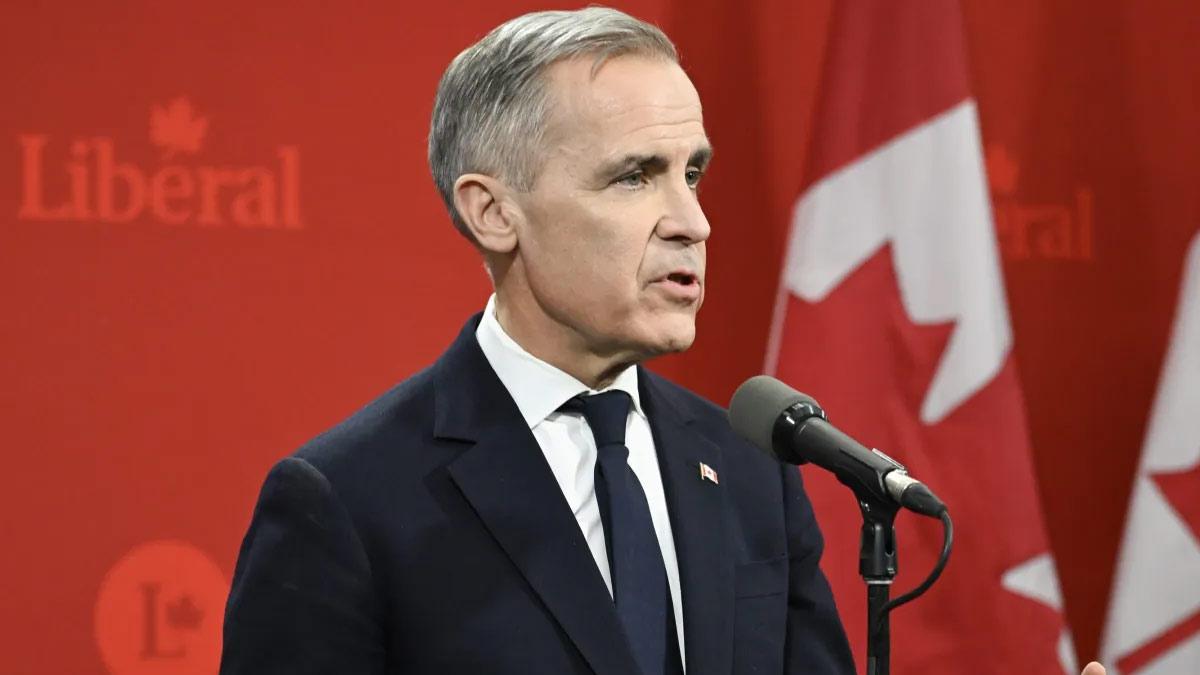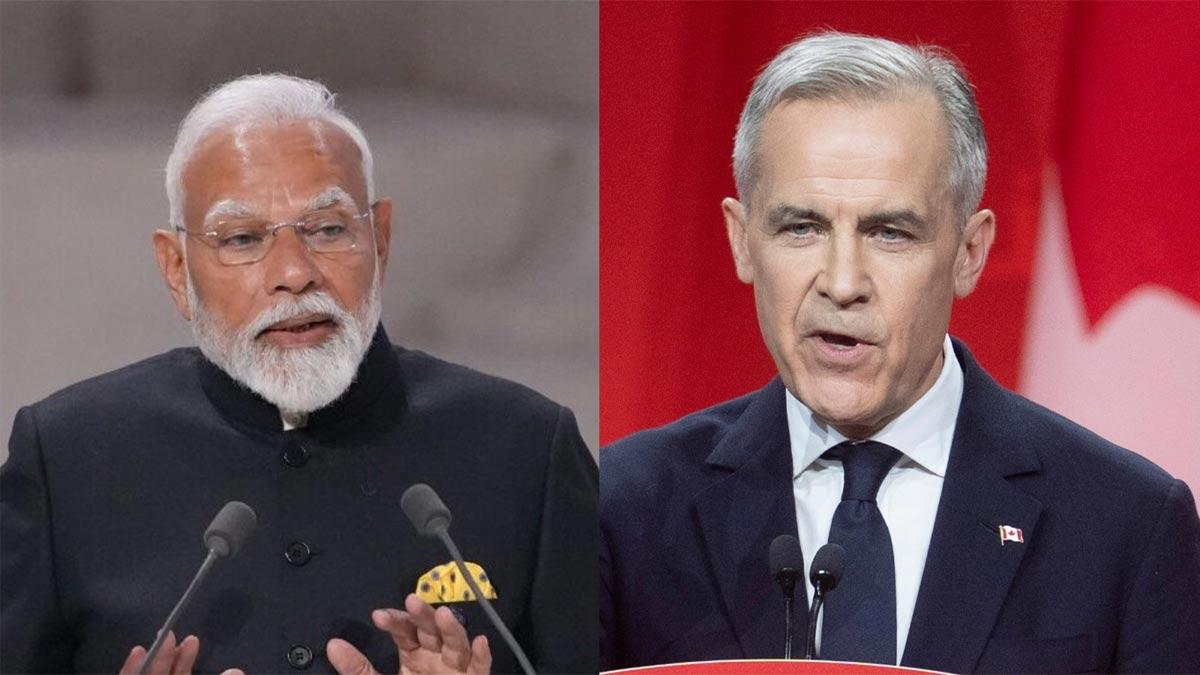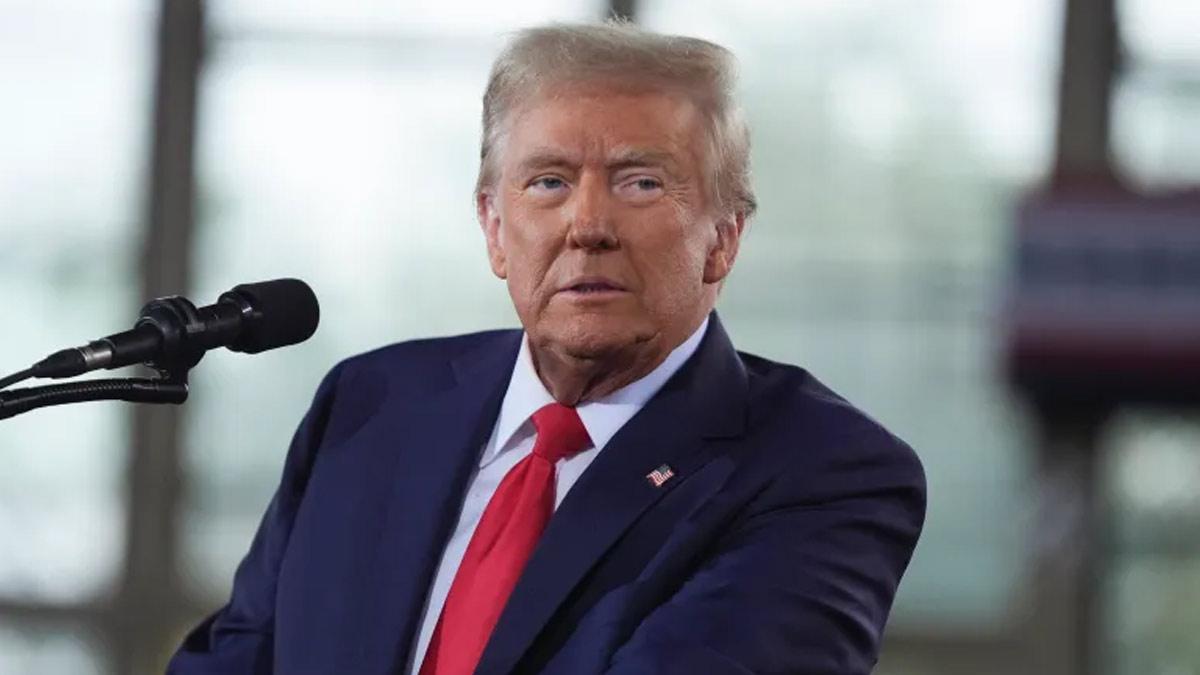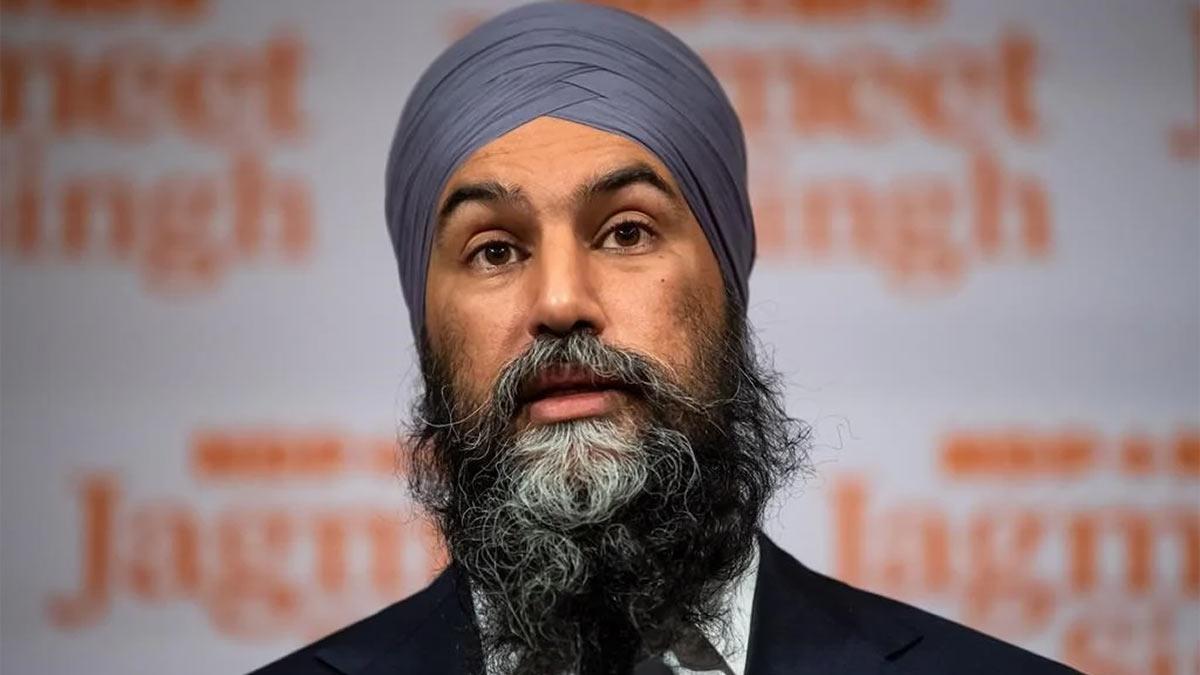Canada's Liberal Party, with the new leadership of Prime Minister Mark Carney, is set to maintain power after a closely fought federal election—an outcome surprisingly driven by U.S. President Donald Trump's recent aggressive approach towards Canada.
Conservative Party leader Pierre Poilievre admitted defeat early Tuesday morning, recognizing Carney's victory. In his victory speech, Carney stated, "We will build an independent future for our great country."
Vote counting continued at 3 a.m. local time (12:30 p.m. IST) and it was not clear whether the Liberals would achieve an outright majority in the House of Commons, which has 343 members. The party had won 150 seats and had a lead in 17 more, for a possible 167—only six short of the 173 needed for a majority. In the last Parliament, they controlled 152 seats.
At the same time, 132 Conservatives had won and were leading in 13 others, so the eventual count was 145 seats. The National Democratic Party (NDP), headed by Jagmeet Singh—popularly considered pro-Khalistan—was dealt a serious blow. The NDP won only five seats and was leading in two, and Singh himself lost his riding.
Early in the year, the Liberals were generally forecast to be crushed. But a sudden shift—Trump's belligerent tariff tactics and his inflammatory comments hinting at annexation—sparked a wave of nationalist feeling throughout Canada. This backlash benefited the Liberals, which won over several voters who found the party best suited to defy Trump's baiting than the Conservatives of Poilievre, whose ideologically close standing with the U.S. President was deemed as too cozy to feel comfortable about.
The Liberal revival also owed a debt to a change of leadership: the exit of former Prime Minister Justin Trudeau, whose popularity had crashed, and the arrival of Mark Carney, a political neophyte but an experienced technocrat. Carney's previous experience as governor of the Bank of Canada and the Bank of England during economically volatile times added gravitas and stability to the Liberal platform.
Both Carney and Poilievre extended messages of unity following the election. Poilievre offered to work with the new government to secure a favorable trade deal with the U.S., one that could eliminate punitive tariffs while upholding Canada’s sovereignty.
Carney repeated a reconciliatory tone: "Let's put an end to the past's division and anger. We are all Canadian, and my government will work for and with everyone." On Canada's tense relations with the U.S., he continued, "When I sit down with President Trump, it will be to discuss the future economy and security relationship between two sovereign nations."
He put a focus on decreasing Canada's economic dependence on the United States—a definite signal of a strategic shift.
While Trump had earlier ridiculed Trudeau as the "governor of the 51st state," his tone has now softened considerably in reaction to Carney's election. Trump has signaled that he might be willing to engage the new Canadian leader, indicating a more practical way forward in cross-border relations.
Read also| Israel Dismisses Five-Year Truce Proposal with Hamas, According to State Media
Read also| Russia Asserts Full Control Over Kursk Region, Declares Liberation from Ukrainian Forces


















